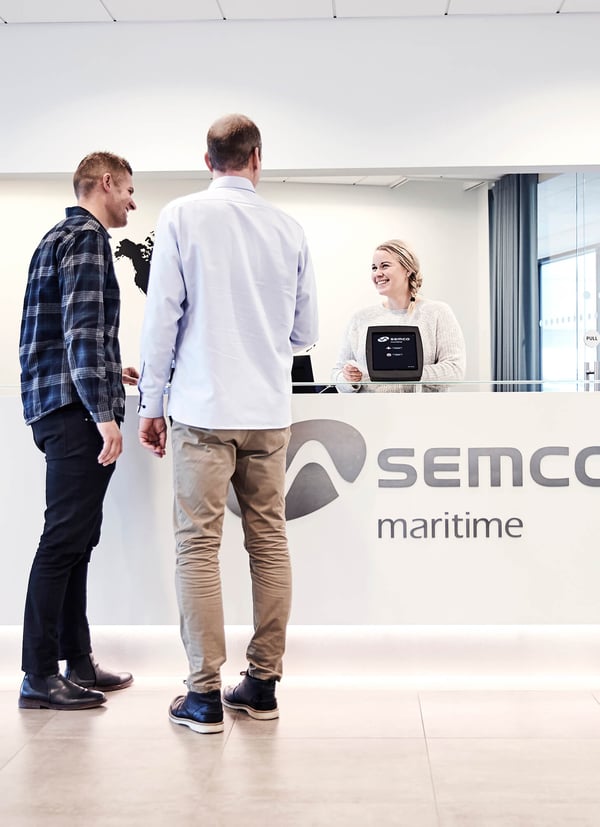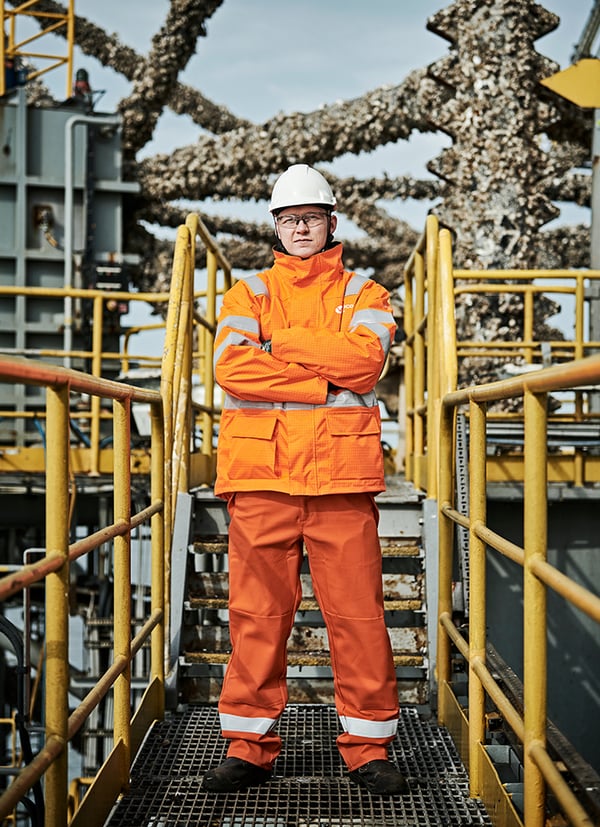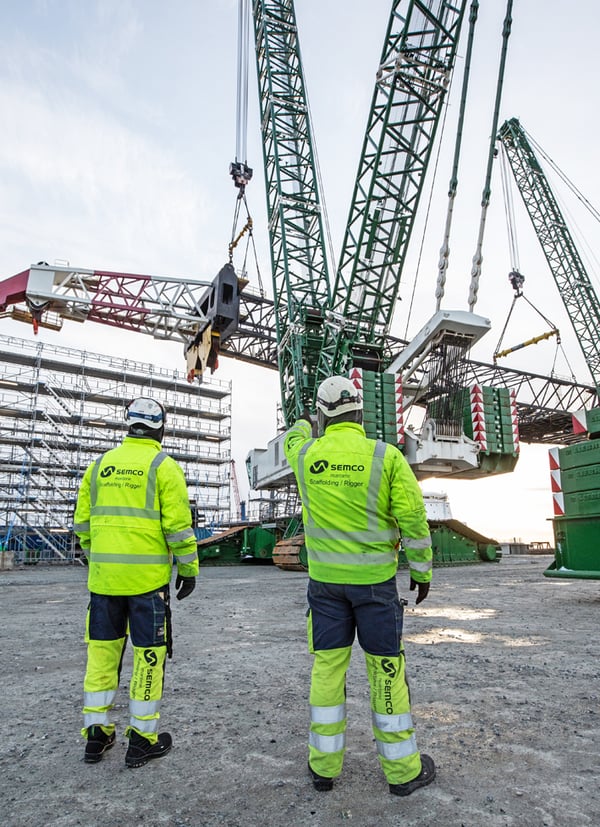It is not every day that the Danish energy sector can present a genuine world first, but today, one such innovation has been inaugurated at the port in Esbjerg.
Here, the chairman of the Danish Parliament and Port Esbjerg, Søren Gade, along with the company Hyme Energy, DIN Forsyning, and several other partners, cut the ribbon on the world's first thermal energy storage based on molten salt. This occurred during a ceremony at Semco Maritime, which will house the technology capable of storing green electricity for sunless or windless days – a crucial starting point for a future climate-friendly and fully balanced energy system.
"Innovation and green solutions are part of the DNA of Danish business. Developing and pioneering new paths benefit both the bottom line and our climate. Therefore, I am pleased that a new energy storage solution is now being introduced here in Esbjerg, which will be crucial for a successful transition of our energy system," says Søren Gade.
Testing and global scaling
After the inauguration, the new storage facility will be put into operation to demonstrate that the technology can store green electricity over time, so it can be reused to produce steam and heat for the industry and the energy system. After completion of the tests, the plan is that the new facility will be enlarged to an industrial scale, so it can be sold to the global energy market.
The development of the new facility has taken place in the innovation project Molten Salt Storage – MOSS, in which companies like Alfa Laval Aalborg, KIRT X THOMSEN, SULZER, Seaborg, and Hyme Energy participate. The partnership also includes researchers from Aalborg University and DIN Forsyning from Esbjerg. Denmark's national energy cluster, Energy Cluster Denmark, facilitates the project, which is supported by the Energy Technology Development and Demonstration Program (EUDP).
The new thermal energy storage in Esbjerg is the first in MW-scale in the world. Later on, a commercial facility will be able to store green electricity in up to 700 degrees molten hydroxide salt on a GWh-scale. This is stated by Ask Emil Løvschall-Jensen, CEO and co-founder of Hyme Energy.
"Innovation is strengthened through collaboration, and at Hyme, we are not only on a mission about creating groundbreaking energy storage solutions; we also cultivate new, innovative partnerships. I am extremely proud of the project's partnership and our joint efforts. The green transition is not a solo ride – it is a collective mission, where change-ready users and innovative partners are the key to success. We are setting the stage together – not just towards 2030, but also towards a CO2-neutral 2050 – by proving that groundbreaking technologies can change our world towards a more sustainable future," says Ask Emil Løvschall-Jensen.
More about MOSS
Molten Salt Storage (MOSS) is supported by the Energy Technology Development and Demonstration Program (EUDP), and the partnership includes Alfa Laval Aalborg, KIRT X THOMSEN, SULZER, Seaborg, Aalborg University, Energy Cluster Denmark, Hyme Energy, and DIN Forsyning from Esbjerg.
The technology from the project has been developed by Hyme Energy in cooperation with the partnership in MOSS and has just been inaugurated for operation.
In the long term, the MOSS technology will play a significant role in the energy transition by enabling the industry and utility companies to replace fossil fuels with green electricity for heat and steam production.
Heat consumption accounts for half of the global energy consumption and represents 40% of global CO2 emissions. High-temperature steam is used in electricity production and in a wide range of industrial processes to produce many of our daily goods (food, chemicals, materials, etc.). The MOSS facility is a step closer to decarbonizing these processes.
Following the work with the demonstration facility in Esbjerg, the plan is to commercialize the solution in 2026.








